
5 perennials for dry ground
easy and low-maintenance, well... almost!
Contents
During summer, soils dry out and to cover a slope, the front of a border, or the area beneath a tree, only ground cover perennials for dry soil will survive the summer! With evergreen, semi-evergreen, or deciduous foliage, these drought-resistant plants require little maintenance. Alternative to lawn, rapid growth, abundant or unique flowering, colourful or soft-to-the-touch foliage, discover our selection of young plants for dry soil!
Achillea crithmifolia: an effective ground cover for the garden
Achillea crithmifolia, native to the Balkans, is an alternative ground cover to grass. Its natural appearance allows it to blend seamlessly into a garden, replacing the short grass meadow. Ideal for limiting the spread of adventive plants, the Sea Fennel Yarrow spreads densely up to one metre wide thanks to its rootstock. Its finely dissected foliage is evergreen, thus present all year round, and adds a silver-green touch to this soft-to-the-touch bed. Floral stems of about twenty centimetres bloom from June to August, bearing umbels of small white flowers.
This perennial withstands both winter cold (hardiness down to -15°C) and summer drought. Plant Achillea crithmifolia in full sun or partial shade in well-drained, dry soils. This low-maintenance ground cover can be planted in spring, from April to May, or in September.
Use this Yarrow between paving stones, to cover large areas alongside Nodding Verbena, or in rockeries with Sedum, Sweet Alyssum, Thymus hirsutus, and Convolvulus cneorum.
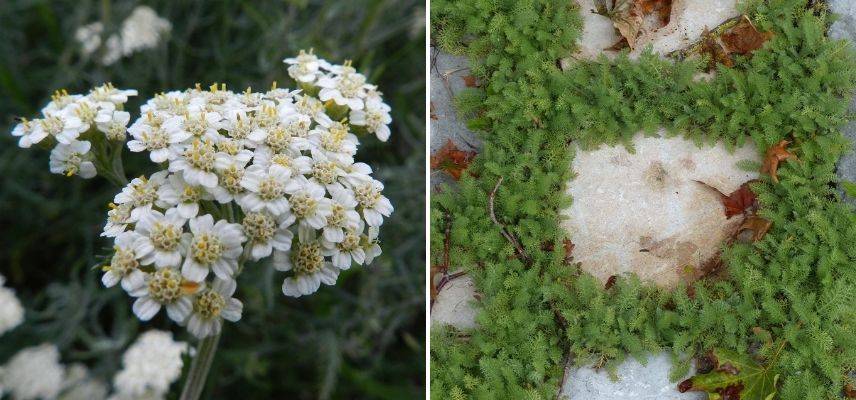
Achillea crithmifolia (photo beranekp)
⇒ Discover other varieties of Yarrows in our range.
⇒ Learn all about the planting, growing, and maintenance of Yarrows!
Aubrieta ‘Bressingham Red’: a highly floriferous cushion
Aubrietas are well known for their ability to form beautiful colourful carpets. This one, the Aubrieta ‘Bressingham Red’ boasts larger red flowers than other varieties from April to May! Another advantage is its evergreen foliage, which remains decorative in winter as well. Its lifespan is short, but this is largely compensated by its generous flowering. Moreover, cuttings and division of the stump are easy to carry out with Aubrieta.
Forming a small cushion that spreads harmoniously, this perennial beautifully carpets rockeries, walls, and borders in full sun in well-drained, light, and calcareous soil. For maintenance, water it regularly during the first year until it establishes itself, and cut back the clump after flowering. This very hardy ground cover is best planted in spring, as well as in autumn.
Aubrieta ‘Bressingham Red’ makes a lovely duo with the variety ‘Cascade Purple’ and also pairs well with Tulips and other spring bulbs, Arabis caucasica, Saponaria ocymoides, hardy geraniums, and Erigeron karvinskianus.
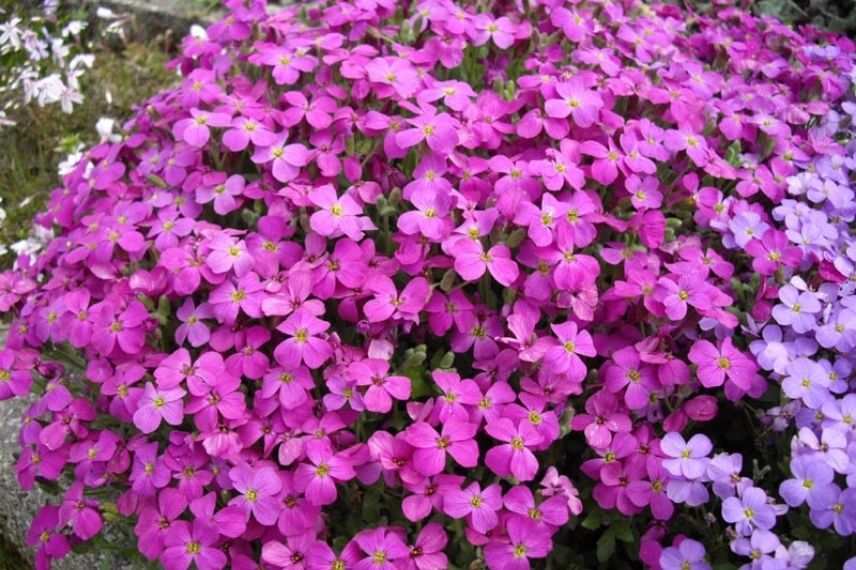
Aubrieta ‘Bressingham Red’ (photo Wikipedia)
⇒ Discover other varieties of Aubrieta on our site.
⇒ The best practices for planting, growing, and propagating Aubrietas in our guide.
Discover other Ground cover perennials
View all →Available in 0 sizes
Available in 0 sizes
Available in 0 sizes
Available in 0 sizes
Available in 0 sizes
Available in 1 sizes
Available in 0 sizes
Available in 0 sizes
Available in 1 sizes
Available in 0 sizes
Stachys byzantina ‘Big Ears’: an unparalleled softness
Known as lamb’s Ear or Rabbit’s Ear, Stachys byzantina ‘Big Ears’ is a true delight to the touch. This is the plant to install in your garden for the enjoyment of the whole family, young and old! Indeed, its French names describe this perennial with its very soft, large grey ‘ears’, covered in down and resembling the fur of an animal. In summer, it offers us tiny pink spike flowers perched on hairy stems.
This ground cover, reaching about forty centimetres in height during flowering, quickly colonises spaces. With excellent hardiness, this Stachys also withstands winter cold and summer drought very well. Rabbit’s Ear thrives in full sun in soft, well-drained, and even poor soil, requiring little watering during its growing season. Ensure that the soil is not too waterlogged, as this can lead to root rot. Aside from that, this plant has a very good resistance to diseases. To encourage it to develop more hairy leaves, prune faded flowers and dried leaves.
Plant this semi-evergreen in a rockery, on a slope, or at the edge of a flowerbed in a dry garden. Its grey foliage will be enhanced alongside Borage with its cute purple flowers, Campanula porscharskyana ‘Stella’, Salvia nemorosa ‘Sensation Rose’, Nepeta, and Linaria anticaria ‘Antique Silver’.

Stachys bizantina ‘Big Ears’ (photo A_Poulos)
⇒ Different Stachys are available online on our site.
⇒ Our tips for planting, growing, and maintaining Stachys.
Sedum ‘Sunsparkler Dazzleberry’: a very colourful tapetum!
The remarkable foliage and abundant flowering of this succulent plant do not go unnoticed! Indeed, the ‘Sunsparkler Dazzleberry’ Sedum stands out from other ground-cover stonecrops thanks to its profusion of raspberry-pink star-shaped flowers that almost completely hide its fleshy leaves from August to October! It is also known as blue stonecrop, as it forms a dense creeping carpet tinged with blue-grey, becoming completely blue at the end of the season. Note that this very hardy Sedum is deciduous: it disappears in winter and returns in spring!
In March or September, grow it in full sun; it withstands heat well due to the water it stores in its leaves. This very easy perennial adapts to all soils, even very poor ones, as long as they are dry and well-drained. Additionally, it requires a simple pruning after flowering or at the beginning of spring.
This melliferous and nectariferous succulent pairs very well in planters, as ground cover around a flowerbed, or in rockeries with Delosperma, Houseleek, grasses like Stipa and Carex, the Euphorbia myrsinites and Thymus longicaulis.

Sedum ‘Sunsparkler Dazzleberry’
⇒ Discover our extensive range of Sedums!
⇒ Planting, growing, and maintaining Sedums: all the tips in our dedicated guide.
Dianthus arenarius: an original flowering of brilliant white
Dianthus arenarius is an elegant ground cover for dry terrain. It produces a profusion of delicate white flowers with slender petals from July to September! This perennial, known as Sand Pink, forms loose cushions of small size (30 cm wide). Its evergreen tuft is topped with fine stems bearing solitary flowers.
In spring or autumn, place it in a sunny position in well-drained, stony, and dry soil. If the soil is heavy and damp, lighten it with sand and gravel. Low-maintenance, keep this Pink by regularly removing faded flowers to prolong its beautiful flowering.
It finds its place in rockeries or troughs and adds a light touch to a flowerbed composed of Moss Phlox, Yarrow, Alchemilla alpina, Iberis ‘Absolutely Amethyst’, and Scabious.
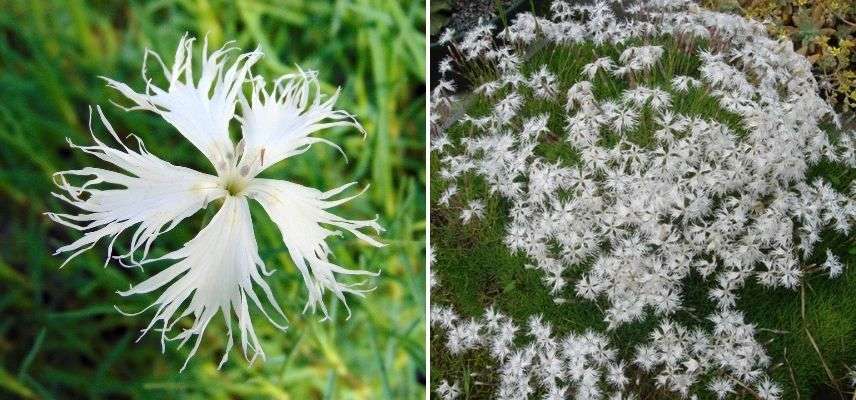
Dianthus arenarius (photo Wikipedia)
⇒ We offer other Dianthus in our online nursery.
⇒ Discover how to plant, prune, and care for Dianthus.
- Subscribe!
- Contents
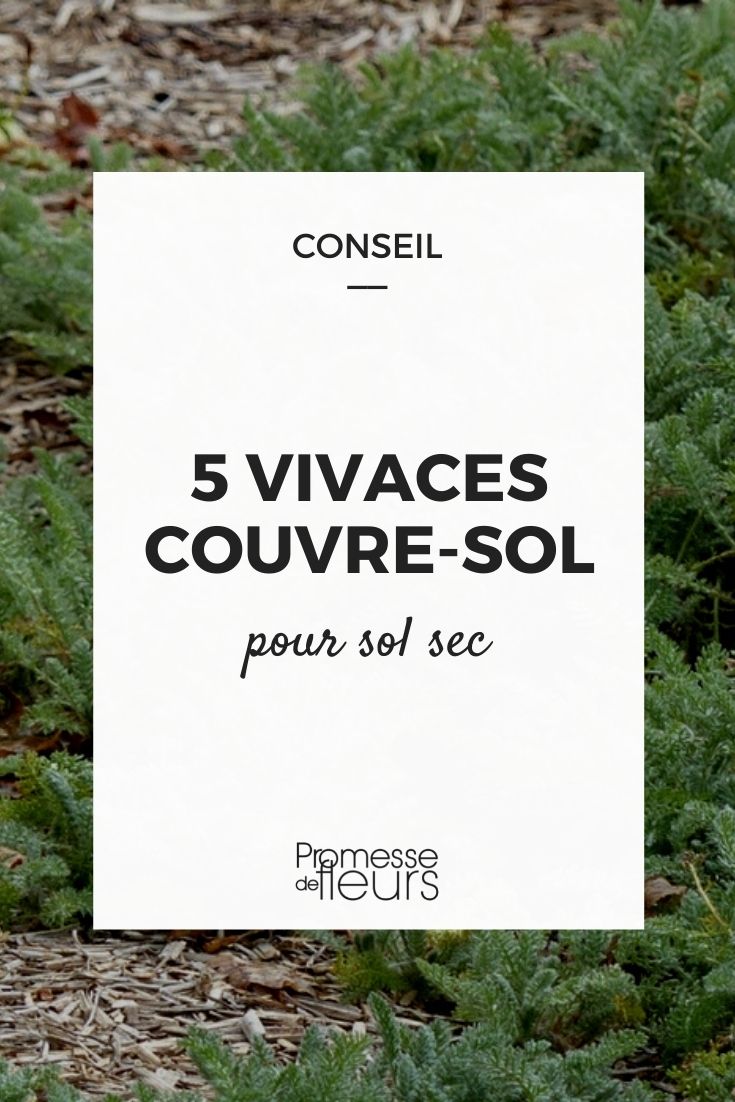































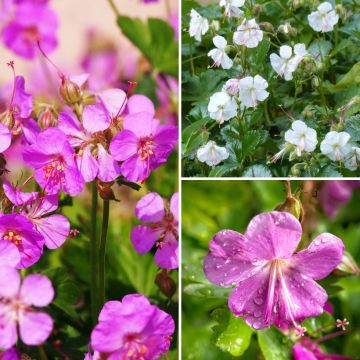

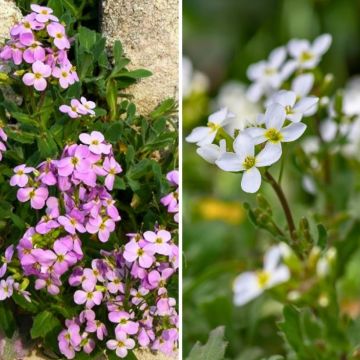
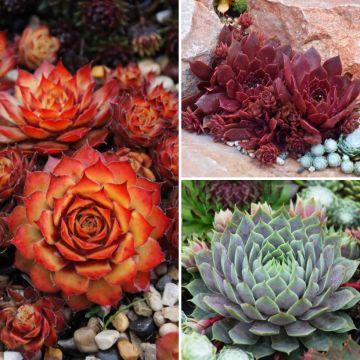
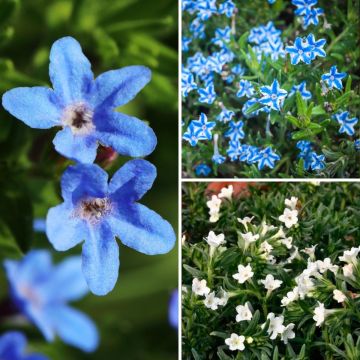
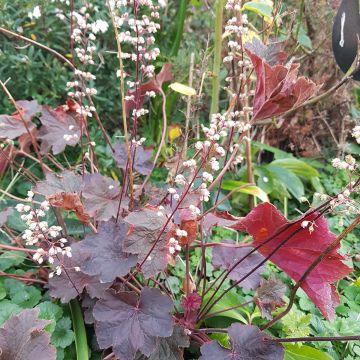
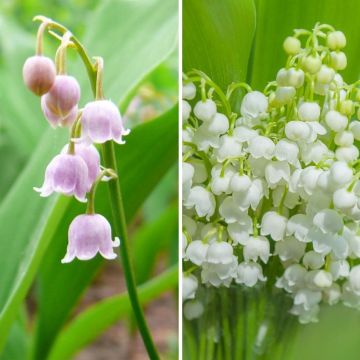
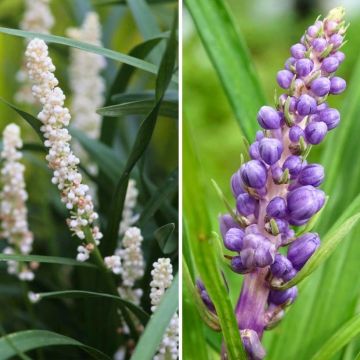
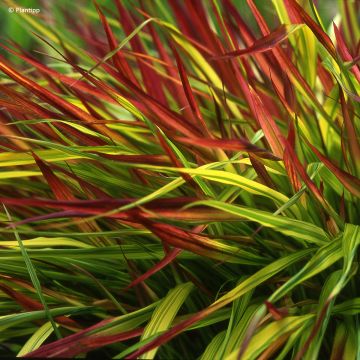
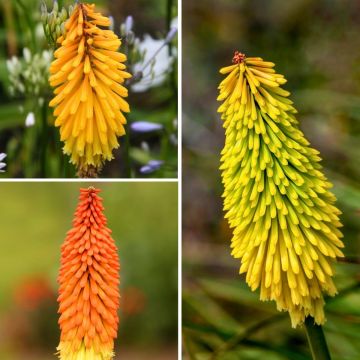
Comments